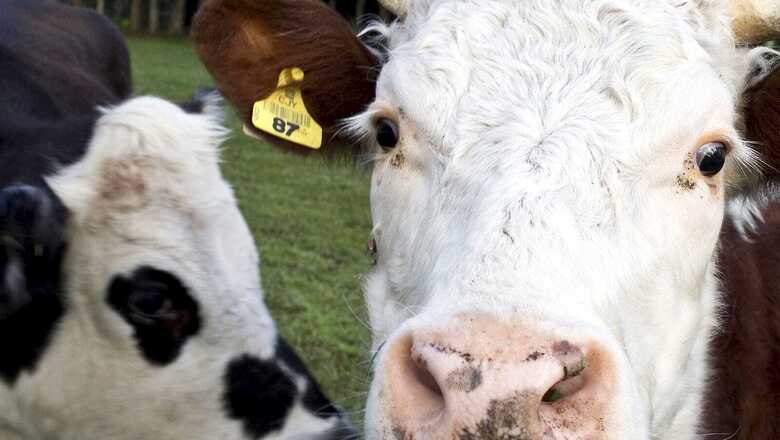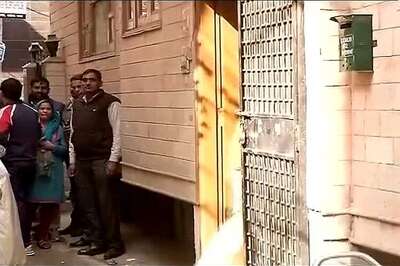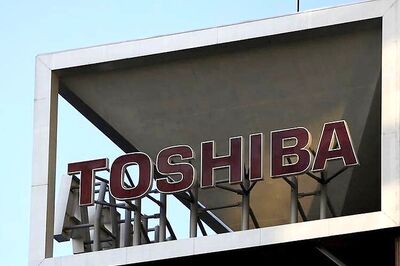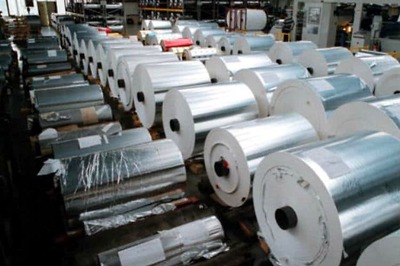
views
Sheep and cows burp when they ruminate their food and release methane gas, which the New Zealand government says it will now tax to reach its emission curbing goals.
New Zealand has more sheep than people and has more than 26 million of them. It also has 10 million cattle.
Incessant belching by these hoofed animals is a major source of greenhouse gasses for the island-nation.
If the draft plan presented by New Zealand’s Ministry for Environment turns into a law, it would make it the first nation to have farmers pay for emissions from livestock.
It is also part of a much larger emissions reduction initiative put forth by the ministry.
It also includes plans for energy, transportation, waste and job sectors which begin from 2025. The nation is a major agricultural exporter and agriculture leads to half of New Zealand’s gross emissions.
The taxation of the belches is one of the ways New Zealand aims to reach its 2050 net-zero target.
The revenue earned from the plan will go into research, development and advisory services for farmers.
One of the farmers speaking to the BBC news agency said that when such proposals are put forward, there are certain ‘dead rats one has to swallow’.
“We’ve been working with the government and other organizations on this for years to get an approach that won’t shut down farming in New Zealand, so we’ve signed off on a lot of stuff we’re happy with,” Andrew Hoggard was quoted as saying by the BBC, where he also said that other farmers too have broadly approved of the proposals.
New Zealand’s climate change minister James Shaw said that an effective emissions pricing system for agriculture is one of the key tools to cut the amount of methane. He also said that there will be incentives for farmers who bring down emissions through feed additives, while on-farm forestry to offset emissions is also on the table.
“There is no question that we need to cut the amount of methane we are putting into the atmosphere, and an effective emissions pricing system for agriculture will play a key part in how we achieve that,” Shaw was quoted as saying by Reuters.
If one is wondering how one can spot those gasses emitted from livestock, here is one example.
Cows, sheeps and goats (also pronghorns, giraffes, okapis, deer, chevrotains, cattle and antelopes) have complex digestive systems and multi-chambered stomachs which digest their food. The food ferments inside their bodies and they belch – releasing methane.
This is a process through which cows, goats, sheeps and other livestock release up to 500 liters of methane daily. Methane being a greenhouse gas traps the heat in the atmosphere and is more effective in doing so compared to carbon dioxide.
High-resolution satellites in the past detected methane emissions from a cattle farm in California which means cow burps could be observed from space, according to a report by environmental data company GHGSat.
(with inputs from Reuters, the Washington Post and the BBC)
Read all the Latest News , Breaking News and IPL 2022 Live Updates here.




















Comments
0 comment